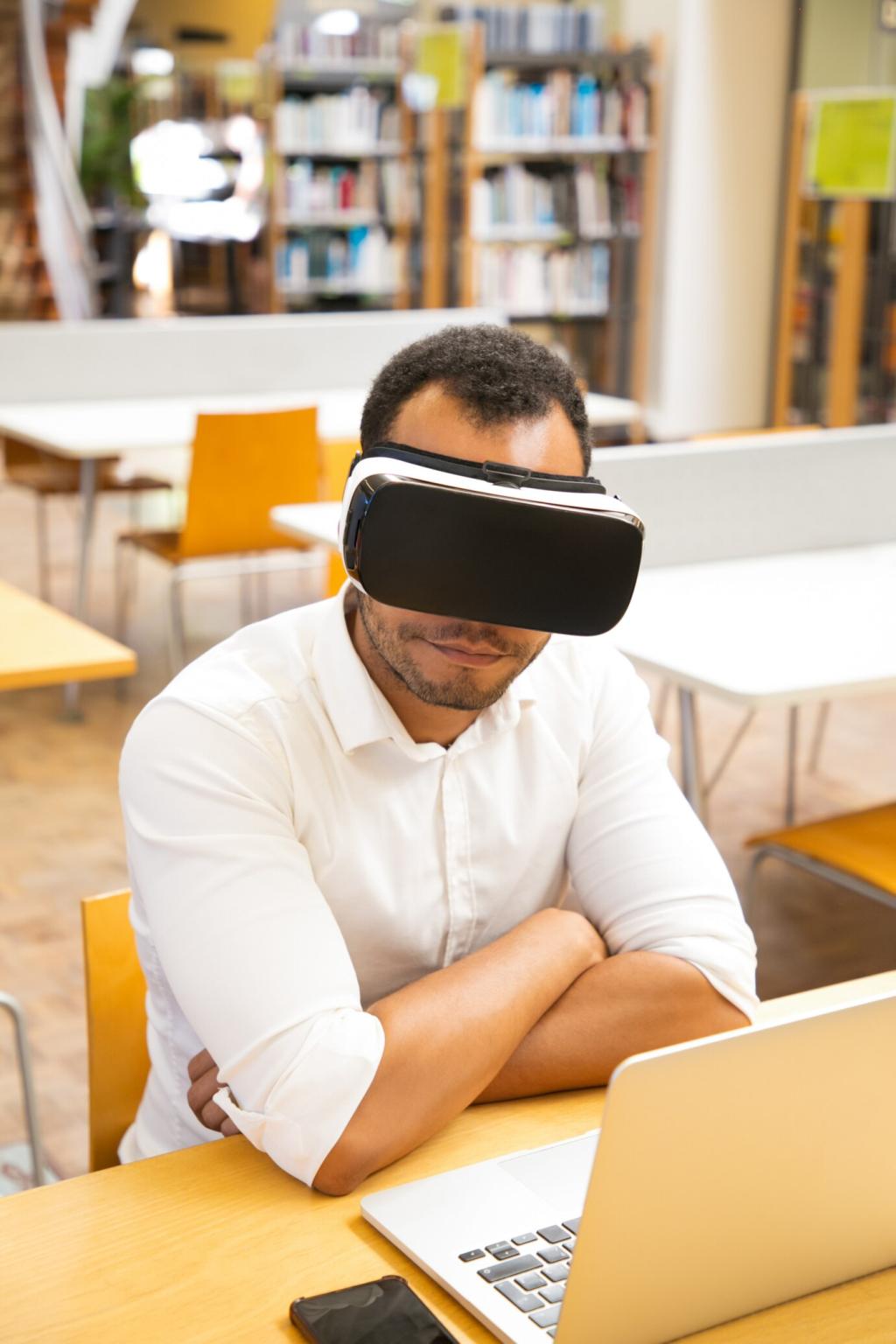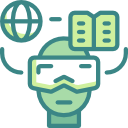This website uses cookies so that we can provide you with the best user experience possible. Cookie information is stored in your browser and performs functions such as recognising you when you return to our website and helping our team to understand which sections of the website you find most interesting and useful.
Future Developments in VR-Assisted Language Acquisition in German
Virtual Reality (VR) technology has been revolutionizing the landscape of language learning, providing immersive environments that can mimic real-life scenarios. In the context of acquiring the German language, VR offers innovative approaches to tackle traditional learning challenges through interaction, engagement, and contextual experiences. As technology continues to evolve, the future holds exciting possibilities for even more dynamic and effective language acquisition avenues. This web page explores anticipated advancements in VR-assisted German language learning, delving into new pedagogical methods, personalization, collaborative environments, and the integration of artificial intelligence to enhance both the efficacy and enjoyment of learning German.

Personalized Learning Journeys
Adaptive Content Delivery
Goal-Oriented Modules
Real-Time Feedback and Progress Tracking


